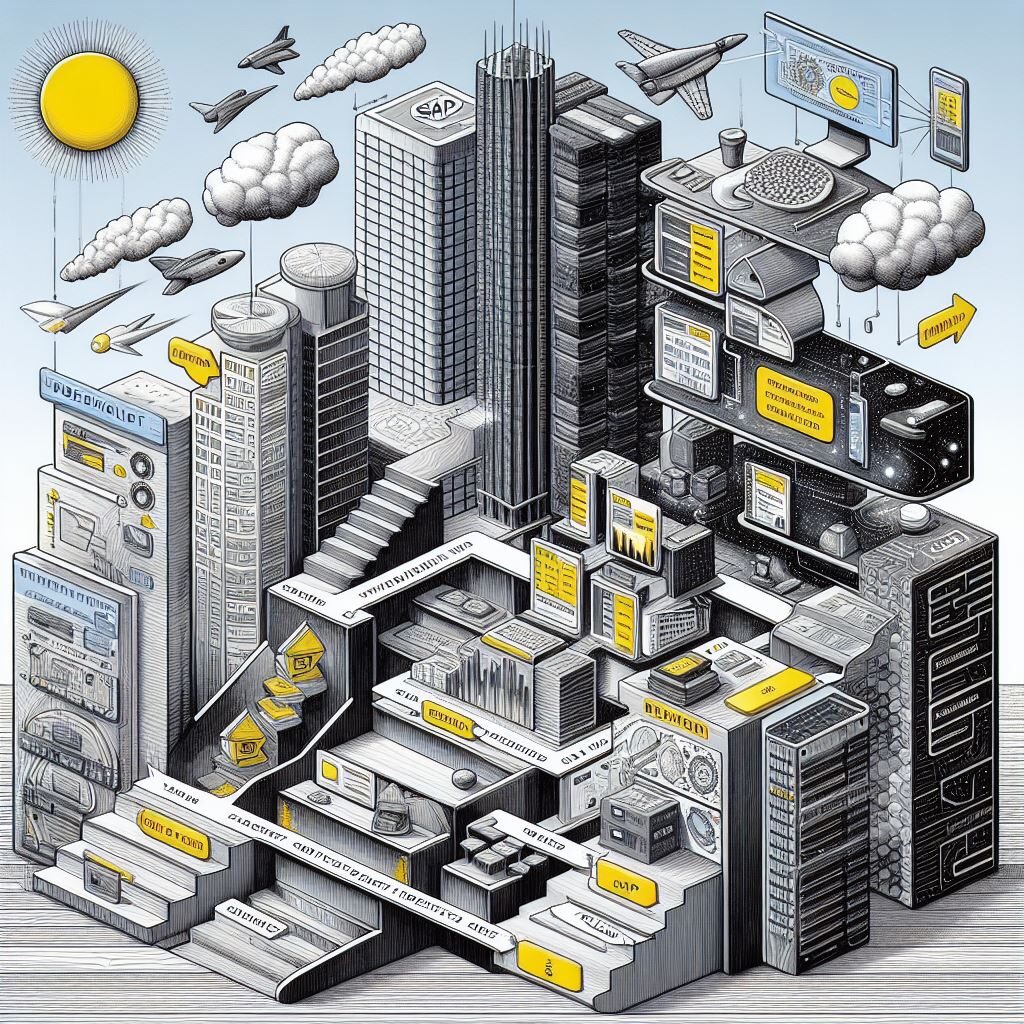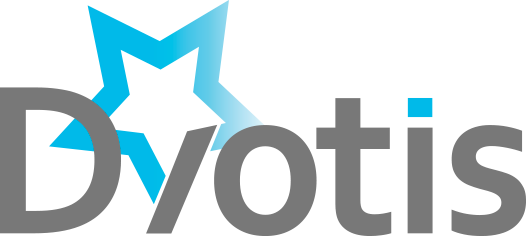In the vast realm of enterprise resource planning (ERP), SAP (Systems, Applications, and Products in Data Processing) stands tall as a pioneer, offering a plethora of solutions to streamline business processes. One integral part of SAP is the Advanced Business Application Programming (ABAP) language, which has evolved over time to adapt to the changing needs of businesses. In this blog, we’ll delve into the intriguing world of SAP ABAP RAP (Restful Application Programming) and explore how it differs from classic ABAP, along with a glance at ABAP for the cloud.
Understanding SAP ABAP RAP:
SAP ABAP RAP represents a paradigm shift in the development of applications within the SAP ecosystem. RAP, or Restful Application Programming, introduces a more modern and flexible approach to building applications on the SAP Cloud Platform. It is centered around the principles of REST (Representational State Transfer) architecture, emphasizing simplicity, scalability, and interoperability.
Differences Between ABAP RAP and Classic ABAP:
1. Data Modeling:
– Classic ABAP: Traditional ABAP often involves complex data models and structures. Developers need to create database tables and define relationships, leading to a more rigid system.
– ABAP RAP: RAP, on the other hand, leverages the Core Data Services (CDS) to define data models. CDS provides a more intuitive and declarative way of modeling data, enabling developers to focus on business logic rather than intricate data definitions.
2. Programming Paradigm:
– Classic ABAP: Historically, ABAP development has been more procedural, with a focus on step-by-step execution of tasks.
– ABAP RAP: RAP encourages a more object-oriented approach, facilitating the development of reusable and modular code. It embraces the principles of REST, promoting stateless interactions and enhancing scalability.
3. User Interfaces:
– Classic ABAP: Traditional ABAP often relies on SAP GUI-based interfaces, which may limit the user experience in the age of modern web applications.
– ABAP RAP: RAP applications are designed with a cloud-first mindset, supporting responsive and user-friendly interfaces suitable for web and mobile devices.

Example of ABAP RAP:
Consider a scenario where a company wants to build a customer management application. With ABAP RAP, developers can define a CDS view for the customer entity, specifying fields such as name, email, and address. The application logic can then be implemented in ABAP classes, focusing on the business rules and behavior.
ABAP for Cloud vs. ABAP RAP:
ABAP for the cloud is a broader concept that encompasses various technologies and approaches to enable ABAP development in cloud environments. ABAP RAP is a specific facet of this, emphasizing RESTful services and modern development practices. ABAP for the cloud extends beyond RAP to include other cloud-specific services, integrations, and deployment options.
Conclusion:
SAP ABAP RAP heralds a new era in application development within the SAP ecosystem. Its focus on RESTful principles, flexibility, and modern programming paradigms makes it a powerful tool for businesses seeking agility and innovation. As SAP continues to evolve, embracing technologies like RAP ensures that developers can meet the demands of the digital age, creating applications that are not only robust but also future-proof.







